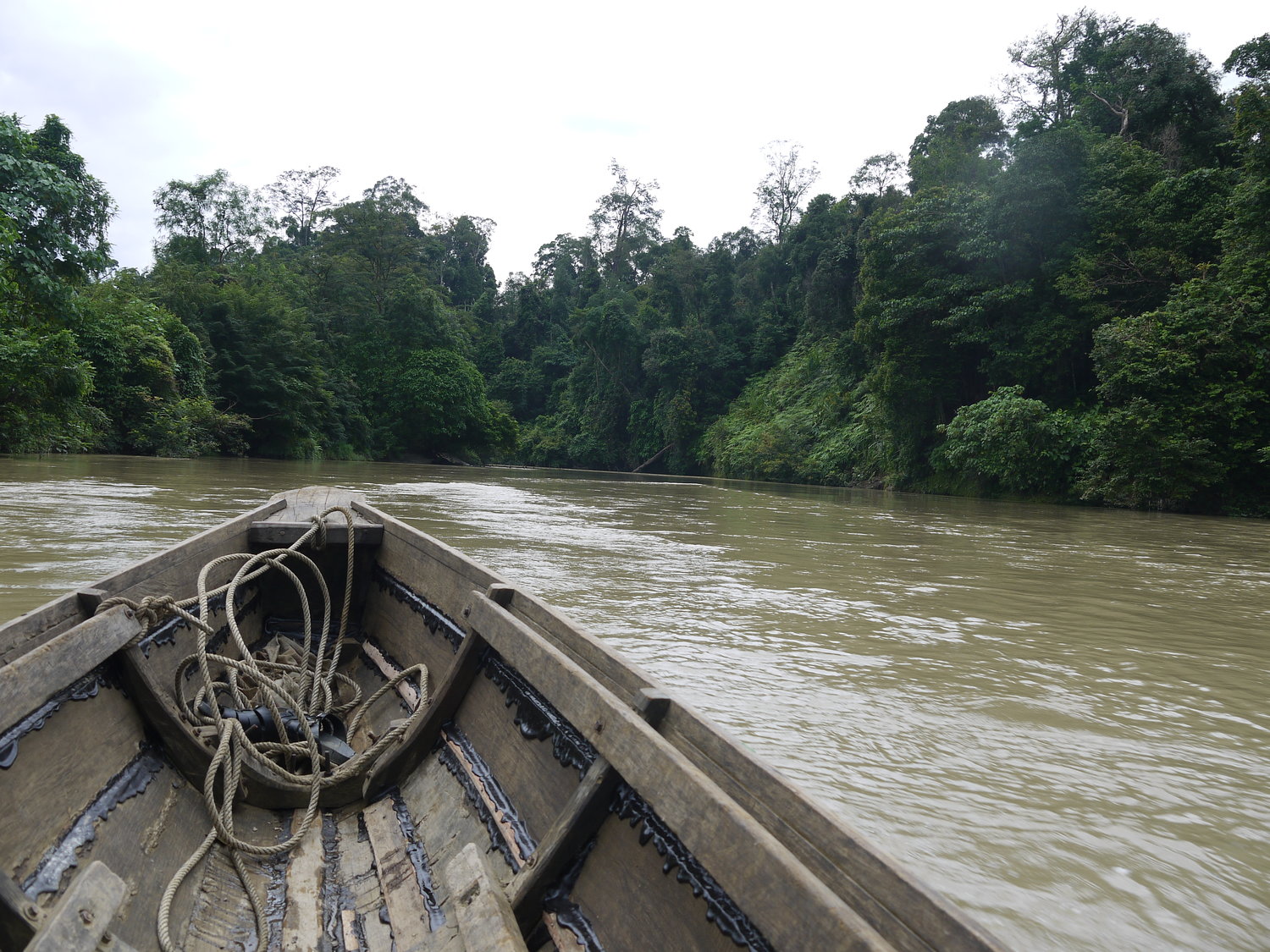Last Stand for the Garden of Eden
The riot of roads exploding across our planet—bringing with it tsunamis of habitat destruction and biodiversity loss—at times seems almost unstoppable.
But there are some places so special, such as Manu National Park in Peru, that should remain free of the Pandora’s box of disruption that roads bring.
The most biodiverse place on Earth
To wake at dawn under the forest canopy in Manu National Park is to experience Life. Every niche, nook, and cranny is filled with it.
The deep chorus of howler monkeys in morning pounds through your chest. Over 800 species of birds fill the trees. Alligator-like caiman roar in the oxbow lakes, while endangered giant otters gather in playful gangs.
Jaguars are almost common here—some 6,000 of the giant cats are thought to prowl about the Park—and are one of 13 different cat species in this global biodiversity hotspot that just might be the most profound expression of life on Earth.
Manu National Park is the glistening gem in Peru’s protected area network. The 1.7-million-hectare World Heritage site in the Texas-sized province of Madre de Dios (“Mother of God” in Spanish), is the only park in South America that protects the entire watershed of a major Amazonian tributary, from the high Andes to the Amazonian lowlands.
No roads run through it…
Travel within Manu is by boat or by foot. Uncontacted indigenous people still live there despite the depredations a century ago by a wealthy rubber baron, Carlos Fitzcarrald.
With no access to Manu, Fitzcarrald dismantled an entire steamship and had it portaged through 12 kilometers of unchartered rainforest to the Manu watershed—in the process killing hundreds of indigenous people. The survivors fled and their descedents remain in voluntary isolation today as uncontacted peoples.
Still no road runs through Manu. But that could soon change.
Until now
A new road is being built illegally to the mouth of the Manu River. This will sweep to the notorious, illegal gold mining fields near Boca Colorado—an environmental and social travesty so bad it drew the ire of Pope Francis. In a 2018 visit to the region, he decried the illegal gold miners and their “devastating assault on life”.
Mining, illegal loggers, and “agro-industrial monocultivation,” the Pope said, all threaten territories where indigenous people live. These activities follow roads that slice and dice Earth’s ecosystems.
Nothing on Earth rivals road-building as a threat to nature. Not even climate change.
The road to Manu began encroaching on the region in the 1960s. It left the adjacent forest in tatters from illegal logging and wildlife poaching—with thousands of giant otters, jaguars, and black caiman killed annually.
Despite some setbacks, the fatal road’s expansion continues. Politicians with ties to illegal gold mining are pushing it hard. And the governor of Madre de Dios, himself a former illegal miner, clamors for the road—now a mere 100 kilometers away from the mouth of the Manu River.
By hook or—more likely—by corrupt crook, this road will continue to assault Eden unless the world wakes up and acts decisively. If completed, it is expected to cause the loss of over 43,000 hectares of rainforest—the equivalent of 100,000 football fields.
The illusion of economic growth
The road is popular with local villagers because of the high cost of boat transport and the allure of quick economic growth.
But just scratching the surface reveals an alternative truth. Just take the section of the road that has been there for 30 years. It has led to negligible economic progress. Any wealth generated by illegal resource extraction has bled to outsiders.
Elsewhere in the world, poorly planned roads in remote regions have to led, not to economic growth, but to increased local poverty as outside encroachers and foreign investors gobble up most of the profits.
This is a knife
As tragic as the Manu Road is, it is a mere scratch compared to the horrendous damage that will be inflicted by the newly approved Iñapari-Puerto Esperanza road on the northern boundary of Manu.
Approved a month before the visit of the Pope, this 277 kilometer-long road will slice straight through one of the greatest untamed rainforest tracts in the world, centered on Alto Purus National Park.
Using estimates of forest loss from the nearby Inter-Oceanic Highway in Peru (itself an economic and environmental disaster), the Iñapari-Puerto Esperanza road will destroy an incredible 275,000 hectares of primary forest.
Renowned ecologist John Terborgh, a member of ALERT, with 40 years of experience in Madre de Dios, says it might cost 100 times less to buy out the 1,200 or so residents of Puerto Esperanza and set them up with stately homes in the city, than to construct this deadly road.
Why build it? Beyond its catastrophic environmental impacts, the road will likely destroy some of the last uncontacted tribes in Earth, and will have dubious economic benefits for locals.
What the road does do, however, is benefit a tiny number of corrupt opportunists—illegal loggers, miners, land speculators, and the like.
Hell on Earth
The terrible irony is that an economy based on sustainable use could be in reach for Peru, particularly as it strives to meet its Paris climate targets largely based on zero-eforestation promises.
But land-use zoning plans are ignored, and the Madre de Dios region remains lawless. Indigenous leaders, ready to take on the mantel of sustainability and with a global track record for protecting life, describe the current situation as hell on Earth.
ALERT often decries the calamity of road building in wild areas. But there is no greater travesty than that taking place right now in Peru’s Amazonian Garden of Eden.






